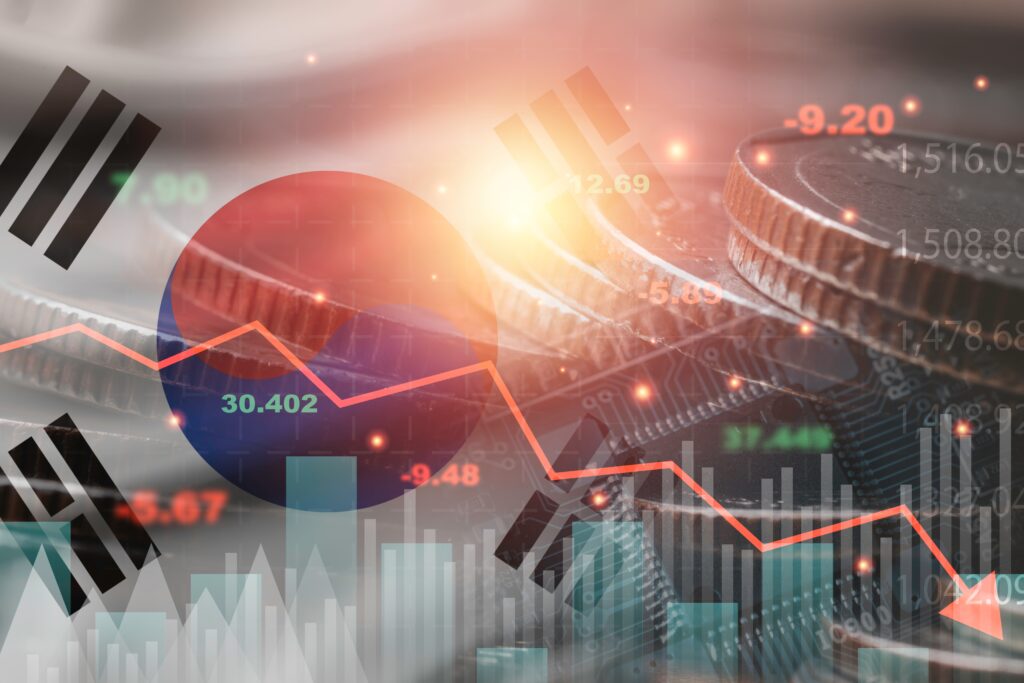The Peninsula
Can Nextrade help cut the ‘Korea discount’?

South Korea’s Nextrade exchange—the country’s first alternative trading system to the long-dominant Korea Exchange (KRX)—debuted in March 2025. Nextrade extends trading hours, introduces lower transaction fees and increases product variation within capital markets.
The persistent undervaluation of South Korean stocks compared to their Asia-Pacific counterparts is a phenomenon known as the ‘Korea discount’. By increasing competition in the country’s capital markets and serving as a potential vehicle to implement reforms, Nextrade may be a promising component to help address longstanding structural challenges.
Key issues contributing to the Korea discount include the need for corporate governance reform, restrictions on foreign investor access and an array of perceived limitations in South Korea’s financial sector.
In addressing these inefficiencies, Seoul’s regulators have instituted several sweeping changes aimed at tackling issues with capital efficiency and making the market more attractive to foreign investors. Measures within the ‘Corporate Value-Up’ program introduced in February 2024 include new requirements for company disclosures in English, a streamlined investor registration system and an index of firms’ capital efficiency and shareholder returns. These changes could be advanced through Nextrade, reinforcing efforts to overhaul South Korea’s financial sector.
Nextrade’s opening is already placing competitive pressure on the KRX to keep pace. Nextrade extends South Korea’s trading hours to 12 hours a day—from 8am to 8pm—compared to KRX’s current operating window from 9am to 3pm. It also offers lower trading fees and introduces greater product variety for investors.
Although KRX has not fully matched the extended hours, on 3 April 2025, it announced plans to roll out a night trading system for derivatives and added products such as US dollar and government bond futures to draw in more investors. Where Nextrade has launched new types of stock orders such as mid-point orders, which automatically adjust the prices of issuances to the bid-ask orders’ mid-range, KRX has followed suit. These parallel moves underscore Nextrade’s role as a competitive force actively shaping the policy and operational decisions of South Korea’s incumbent exchange.
Along these lines, changes to South Korea’s financial system spurred by Nextrade—either through industry pressure or direct implementation—could serve as important indicators for international raters assessing South Korea’s progress towards developed market classification. This represents a long-awaited change which could affect the investor psychology behind the ‘Korea discount’ reputation.
The prevailing factor driving South Korea’s continued developing market status, as cited by ratings provider MSCI, has been barriers to market ‘accessibility’. This criterion includes openness to foreign ownership, ease of capital flows and the efficiency of operational frameworks as checkmarks for an economy to attain the developed market designation.
The extension of South Korea’s trading hours through the Nextrade exchange is likely to be one variable capable of moving the needle on MSCI’s June 2025 annual review. By better aligning with international exchange hours, this could bolster South Korea’s appeal to foreign investors by addressing the ‘accessibility’ requirement. Indeed, foreign investors comprised 8.6 per cent of Nextrade’s trading volume in the second week of May, up from 0.4 per cent at its March opening. Other changes likely to carry weight include the removal of the country-wide short-selling ban on 31 March 2025 and the introduction of omnibus trade account access for foreign investors on 2 April 2025.
Though these changes represent progress, they are not a panacea for the challenges facing South Korea’s financial sector. An increase in speculative financial behaviour as well as unintended regulatory gaps are two potential risks which could result from the exchange’s extended traded hours and split trading volume. Nextrade’s opening debut also came with a series of operational blunders. Combined with a purported absence of issued guidelines for stock trading, this has contributed to hesitation from investors.
Still, the introduction of Nextrade as an alternative exchange may at least signal the start of a confidence-boosting reset for the country’s financial sector—a timely move following the volatility surrounding South Korean stocks in December 2024 and the ongoing saga of political change in Seoul. If implemented effectively, the exchange could serve to be a prominent component of the reform package shaping South Korea’s progress towards market reclassification. This would allow it to play a meaningful role in narrowing the ‘Korea discount’ while supporting South Korea’s overall economic modernisation.
Tom Ramage is Economic Policy Analyst at the Korea Economic Institute of America (KEI). The views expressed are the author’s alone.
This piece originally appeared in the East Asia Forum.
Photo from Shutterstock.
KEI is registered under the FARA as an agent of the Korea Institute for International Economic Policy, a public corporation established by the government of the Republic of Korea. Additional information is available at the Department of Justice, Washington, D.C.
